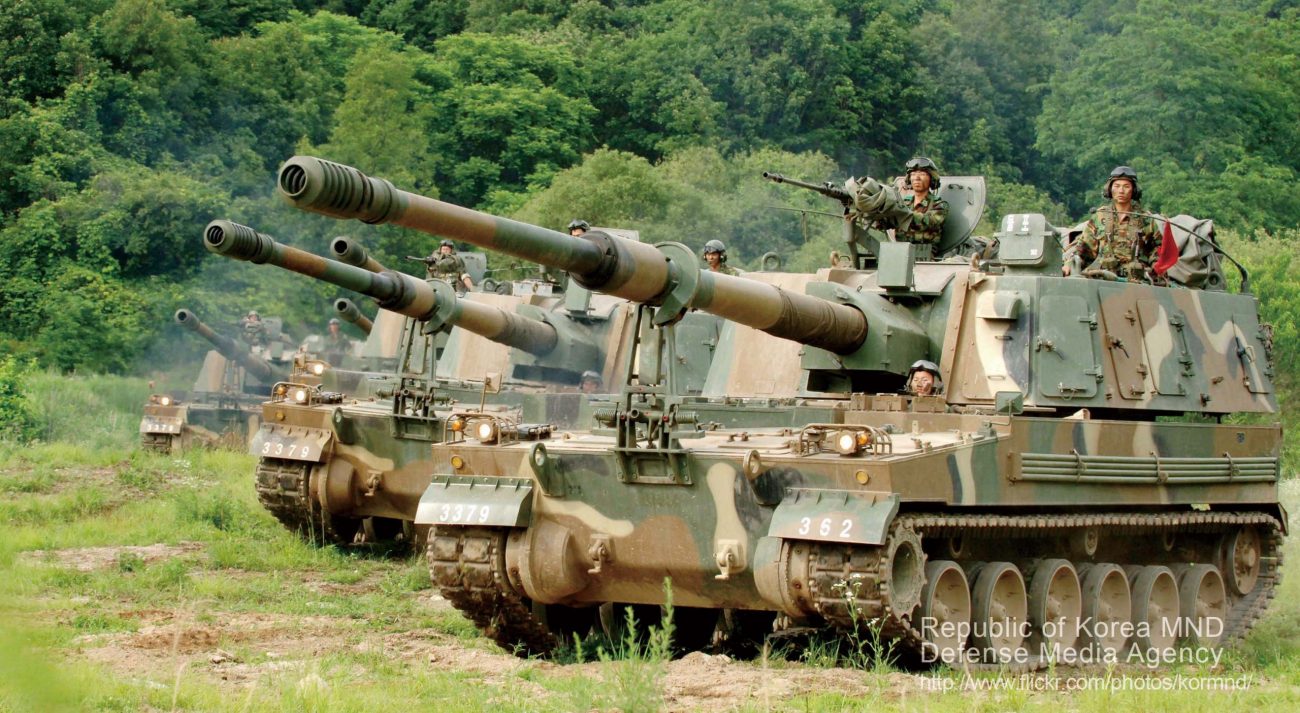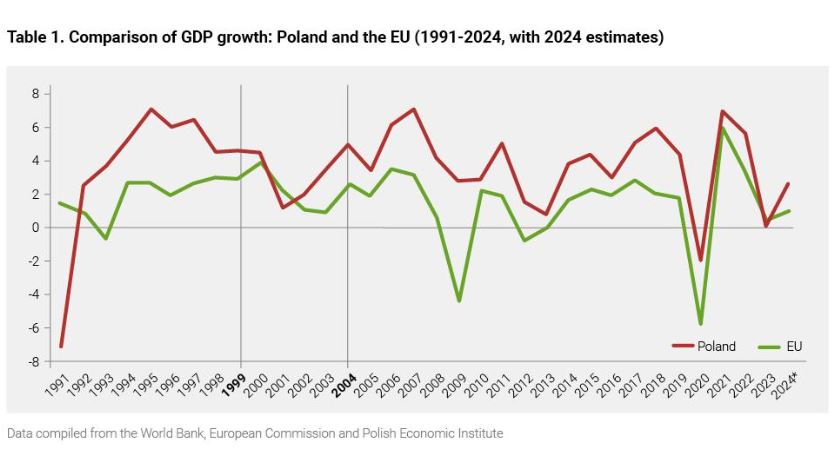In international geopolitics, power is shifting to the East. This is not just due to the rise of China and India as major power centers; even within Europe, power is shifting eastwards.
For almost 400 years, Western European countries like Spain and Portugal in the 16th century, the Netherlands in the 17th century, and subsequently France and the UK in the 18th and 19th centuries were the leading power centers.
At the beginning of the 20th century, Germany, a central European power, twice unsuccessfully tried to challenge the domination of Western European countries. Germany, however, lost in both World Wars, but these wars inflicted enough damage on Western Europe that the US emerged as the pre-eminent power center.
Following their defeat in the Second World War, Germany and Japan both focused on becoming economic powerhouses rather than military power centers.
Notwithstanding the rise of the Soviet Union, the West remained the pre-eminent military power center due to the unmatched US military and economic power and its successful alliance building in the form of the NATO treaty.
However, this Western dominance is now being successfully challenged by the rise of a host of Eastern power centers. The rise of India and China is often discussed and commented upon. However, even within Europe, power is shifting to the East.
On the one hand, Russia is resurging; simultaneously, Poland is emerging as a major military and economic power center in Europe.
Poland’s Rising Defense Spending
Poland is NATO’s largest defense spender relative to its economy. In 2024, Poland spent 4.12 % of its GDP on defense, the highest among the 32 NATO countries and even ahead of the US’ 3.38 % spending on defense.
Poland’s defense spending is set to rise further to 4.7% of its GDP in 2025. In real terms, Poland’s US$35 billion defense bill this year could surpass that of its ex-Communist Central European and Baltic neighbors combined.

In comparison, Italy, a much bigger economy than Poland, spent US$30.89 billion on defense in 2024, approximately 1.5 % of its GDP.
The United Kingdom spent 2.2 % of its GDP on defense, while Germany spent just 2.12 %. France spent merely 2.06 % of GDP on defense, while Spain spent just 1.28 %.
NATO mandates its member countries to spend at least 2 % of their GDP on defense.
One Of The Largest Standing Armies In Europe & NATO
Notwithstanding its small population compared to other European countries like Germany and France, Poland has the largest standing army in the EU.
According to Statista, the US has the largest military in NATO, with 1,328,000 active soldiers. Turkey is in second place, with 355,200 active soldiers. However, neither of these NATO countries is an EU member.
Poland has the largest military in Europe, with 216,000 active military personnel. France comes second with 204,000 active military personnel, and the United Kingdom has less than 150,000 active military personnel.
There are nearly 75,000 troops in the Polish Land Forces, 17,589 in the Air Force, 6,426 in the Navy, and 3,390 in Special Forces (SOF).
In 2023, Poland established a Territorial Defense Force (TDF) comprising around 40,000 troops and growing. Cyber-security, Information Warfare, and Intelligence are being given priority to address increased Russian capabilities and threats.
What is impressive is that Poland has doubled the size of its armed forces in just 10 years. In 2014, Poland had 99,000 armed personnel, but by 2024, its armed forces had grown to 216,000 personnel.
In 2022, after Russia’s full-scale invasion of Ukraine, Poland passed the Homeland Defense Act, which aims to increase Poland’s military size to 300,000 active military personnel. This includes increasing the size of the tank fleet by adding approximately 1,000 new tanks and 600 new howitzers to Poland’s ground forces.
However, the standing armies of European countries are much smaller than Russia and Ukraine. According to estimates, Russia has over 1.5 million active military personnel, and Ukraine has over 800,000.
Highest Equipment Expenditure
Poland also tops the list of European countries when it comes to equipment expenditure as a share of defense expenditure.
As per NATO estimates, in 2024, Poland spent over 51 % of its defense budget on acquiring new weapons and equipment. Hungary was second, spending 47.8 % of its defense budget on equipment acquisition. The UK spent 36 %, the US 29.9 %, Germany 28.4 %, and France 28.4 %.
For perspective, NATO leaders have agreed that Allies should aim to invest at least 20% of their defense budgets on major equipment and related research and development.
This data shows how Poland is rapidly building its firepower by acquiring new weapon systems.
Poland’s Latest High-Profile Weapons Acquisitions
Poland is aggressively working to make its military the strongest in Europe. The country is increasing its military strength, acquiring the latest weapon systems, and developing a significant arms industry.
In July 2024, the Pentagon confirmed that Poland will acquire F-35 stealth fighters, Patriot missile systems, and Abrams tanks in a US$2 billion deal as part of a major modernization drive.
Poland is only the second country in the world, after the U.S., to acquire the Patriot Advanced Capability-3 (PAC-3) missile defense system. This system marks a major upgrade from earlier Patriot versions, with improved range and precision, as well as the ability to intercept ballistic missiles, cruise missiles, and aircraft with hit-to-kill technology.
In December last year, Poland signed contracts worth over US$4.2 billion for the delivery of military equipment, including KRAB self-propelled howitzers and K9 howitzer support vehicles.
The contracts include 96 KRAB self-propelled howitzers, 250 accompanying vehicles for K9 howitzers, command and staff vehicles, ammunition transporters, and weapons repair workshops.
The Polish government has also allocated an additional US$780 million to construct an ammunition factory to meet the demand for the 155 mm shells required by the KRAB howitzers.
In August 2022, Poland signed a US$2.5 billion contract with Hanwha Aerospace for 212 K9 artillery systems, including ammunition, spare parts, training, and logistical support. Poland has already received delivery of 108 K9s, while the full delivery is expected to be completed by 2026.

In 2023, Poland signed a second contract valued at US$2.6 billion for an additional 152 units, including 146 K9PL howitzers specifically adapted to Polish requirements. These acquisitions will significantly boost Polish artillery.
According to some accounts, Poland already has Europe’s largest artillery force after Russia and Ukraine, establishing it as a key player in ground defense.
Power Is Moving East
Writing in the Danish Institute for International Studies (DISS), Izabela Surwillo and Veronika Slakaityte argue that since Russia’s war in Ukraine, Europe’s geopolitical center has shifted eastward, and “Poland’s economic growth, regional leadership, and defense role have cemented its position as a major force in the continent’s power structure.”
Poland is also cementing its status as an emerging power center by joining various military and non-military alliances.
It joined NATO in 1999 and the European Union (EU) in 2024.
Poland is also involved in regional initiatives such as the Weimar Triangle with France and Germany and the Visegrad Group with Czechia, Slovakia, and Hungary. Since 2016, “Poland has also played an instrumental role in the Three Seas Initiative, a strategic framework enhancing regional cooperation and economic growth across twelve CEE nations.”
A growing economy is also cementing Poland’s status as an emerging power center. Between joining the European Union in 2004 and COVID-ridden 2020, Poland’s gross domestic product (GDP) nearly tripled.
Poland is now the sixth-largest contributor to the EU economy, representing 4.31 percent of the bloc’s total GDP. It is also one of the fastest-growing economies in the EU.
Data compiled by the World Bank, the European Commission, and the Polish Economic Institute show that since 1991, when Poland dismantled its centrally planned economy and adopted market reforms, it has consistently grown at a rate higher than the average EU GDP growth rate.

The European Commission’s forecast indicates that Poland’s economy will be the fastest-growing large economy in the EU during 2024-2025, growing at 3.6 %, while the EU will grow at 1.5 %.
As Poland’s economy and military stature grow, the power center within the EU is bound to move east, which can create new fissures in the bloc.
- Sumit Ahlawat has over a decade of experience in news media. He has worked with Press Trust of India, Times Now, Zee News, Economic Times, and Microsoft News. He holds a Master’s Degree in International Media and Modern History from The University of Sheffield, UK.
- He can be reached at ahlawat.sumit85 (at) gmail.com




